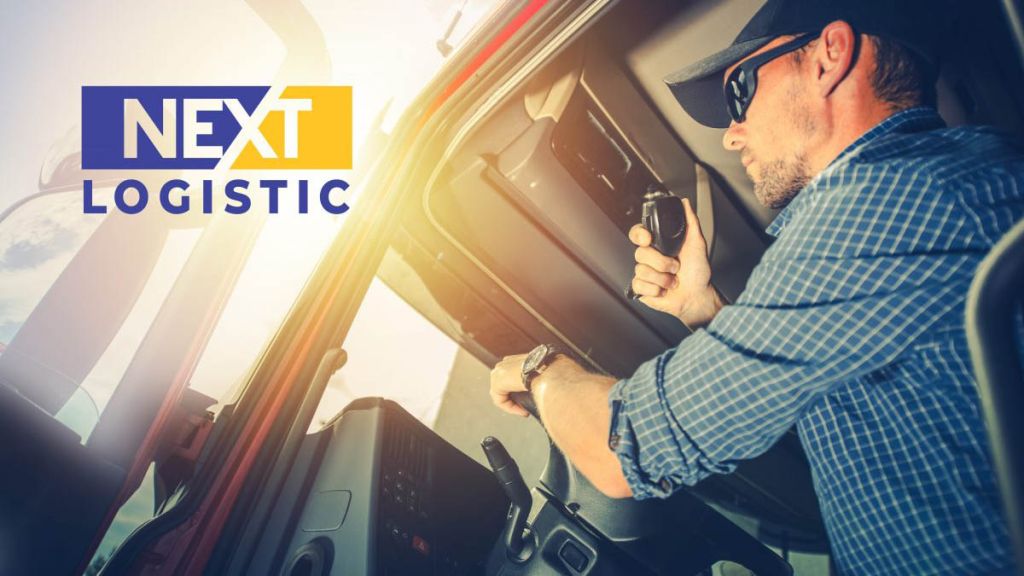The rules that truck drivers must follow
Truck drivers transporting different types of cargo must:
- Apply knowledge of the type of cargo.
- Ensure proper distribution of the load when loading the semi-trailer.
- Follow the methods of securing the cargo and safety rules.
These skills are acquired through the professional competence course and experience in road freight transport.
Drivers are required to comply with the following rules and requirements:
- Guarantee the proper and reliable securing of loads and eliminate risks for the cargo, themselves, and other road users.
- Be well acquainted with the principles of load securing.
- Observe the general and specific requirements of the consignor regarding cargo safety and transport, based on the physical and chemical properties of the goods.
- Choose appropriate and stable footing when securing cargo to avoid the risk of falls and injuries.
Driver conduct:
- Always be polite and cooperate with the consignor.
- Before the loading process begins, safely open the semi-trailer and check that the floor is clean and dry.
- Wear the necessary personal protective equipment.
- Follow all safety instructions in the loading area.
- Always remain close to the vehicle.
- In case of an accident, follow on-site safety rules – in all cases, the driver must park the truck in such a way that it does not block the access of emergency vehicles (fire brigade, ambulance, etc.).
Drivers are prohibited from:
- Opening and closing the semi-trailer roof in a dangerous manner.
- Entering the semi-trailer during loading. Exception: to detach the cargo from the crane – access is permitted only after on-site risk assessment and implementation of safety measures.
- Jumping from the semi-trailer or loading/unloading ramp.
- Operating machines owned by the consignor/consignee (forklifts, lifting devices, etc.).
- Walking under a suspended load or being dangerously close to it. All activities related to securing the cargo or making adjustments must be carried out using the provided personal protective equipment (high-visibility reflective vest, steel-toe anti-slip shoes, protective gloves, safety glasses, helmet, etc.).
- If the cargo is in powder or liquid form, safety goggles must be used to prevent accidental eye injury.
- Drivers must constantly monitor the condition of their personal protective equipment and, if defects are found, inform the designated personnel.
Share
Contact us
Fill out the form to request transportation services.
We will contact you as soon as possible.
Related articles
Check out other interesting articles
Clear Filters






